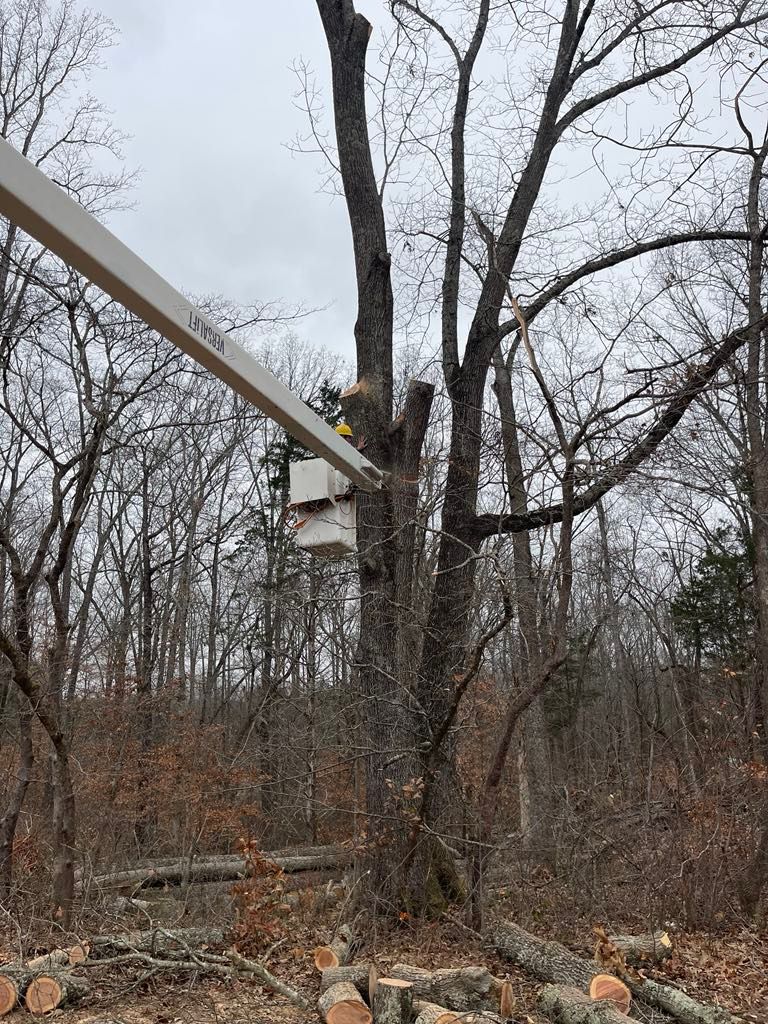Tree Topping
Why You Should NEVER Top a Tree (and What to Do Instead)
What Is Tree Topping and Why Is It Harmful?
Tree topping—the drastic removal of a tree’s upper branches—is one of the worst pruning practices. Many homeowners believe topping trees makes them safer, smaller, or more manageable, but the reality is the opposite.
Why is tree topping bad? It causes long-term damage, weakens tree structure, and can lead to expensive future problems.
5 Reasons Why You Should Never Top a Tree
- Topping Weakens Trees
When a tree is topped, it rapidly sprouts weak branches that are more prone to breakage, increasing the risk of property damage during storms.
- Increased Risk of Disease and Decay
Topping leaves large, open wounds that expose the tree to decay, pests, and fungal infections.
- Topped Trees Grow Back Faster (and Messier!)
Contrary to belief, topping doesn't control tree size—it forces aggressive, unstable regrowth, meaning you’ll have to prune even more frequently.
- Loss of Tree Health and Energy
Trees rely on their canopy for food production. Topping removes their energy source, weakening the tree and leading to premature death.
- It Decreases Property Value
A poorly pruned tree looks unnatural and unappealing, reducing curb appeal and even lowering property value.

What to Do Instead: Tree Topping Alternatives
Instead of topping, opt for proper tree care methods to keep your tree healthy and manageable:
- Crown Reduction Pruning – Reduces height while maintaining tree structure.
- Crown Thinning – Improves airflow and light penetration without excessive cuts.
- Structural Pruning for Young Trees – Guides growth for safer, healthier trees.
- Choosing the Right Tree Species – Prevents future size issues near power lines or buildings.
Tree Topping FAQ
Will topping a tree make it safer?
No—topped trees are more dangerous due to weak regrowth.
How do I fix a topped tree?
Consult a certified arborist for corrective pruning and long-term restoration.
What is the best way to prune a tree?
Use selective pruning techniques like crown reduction and thinning.


